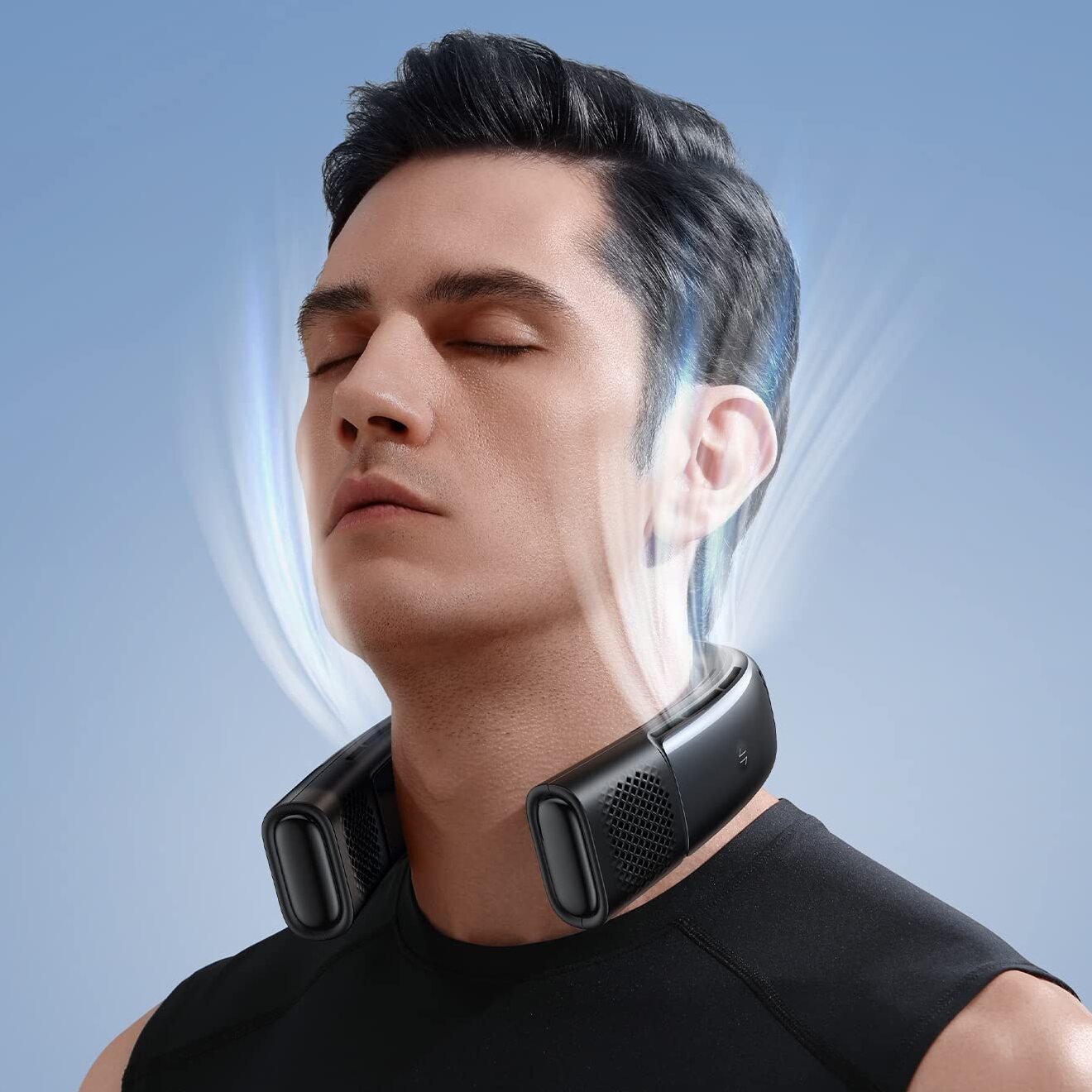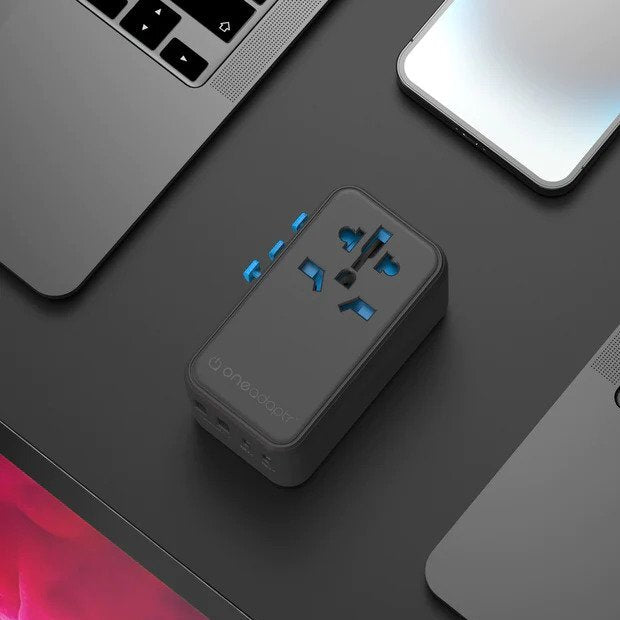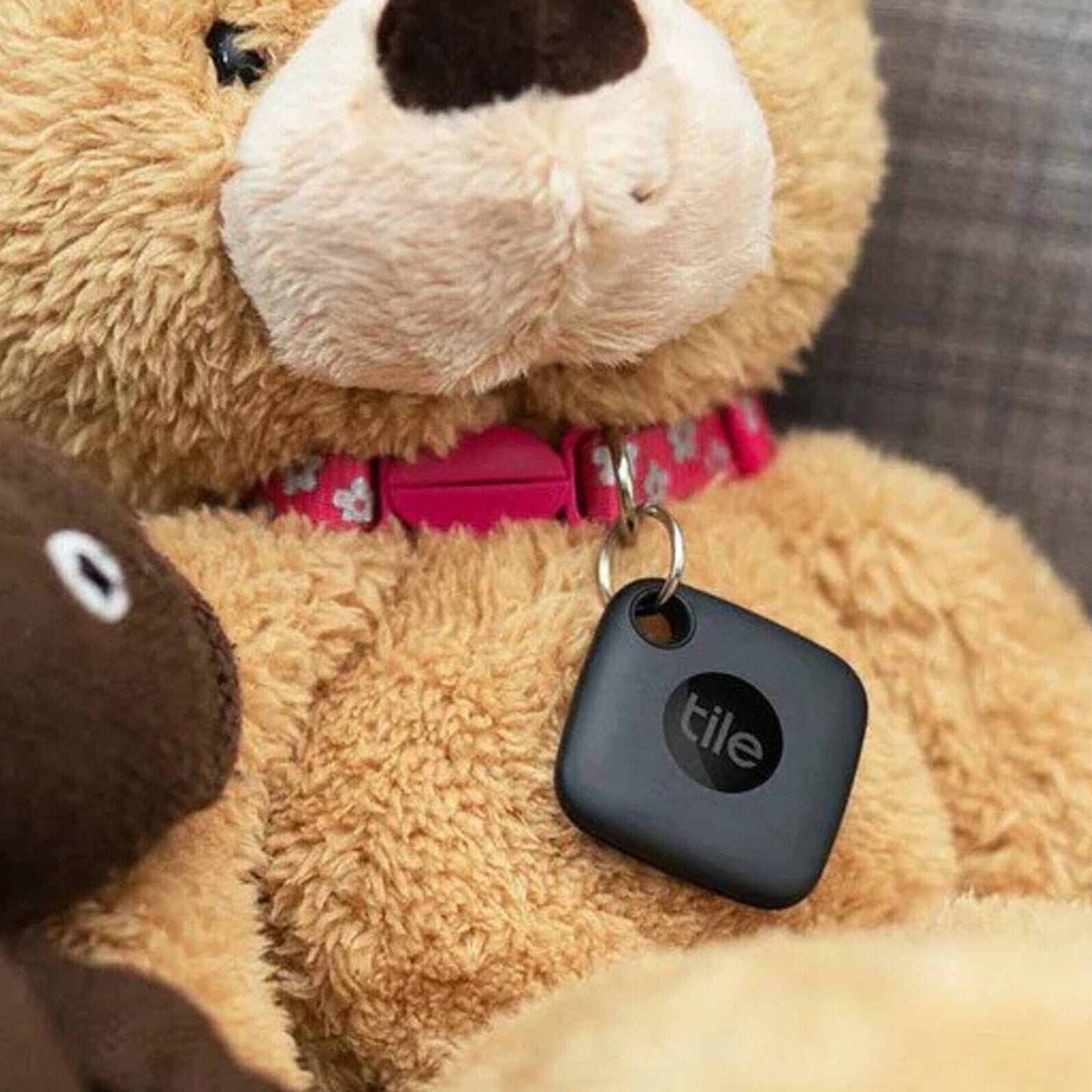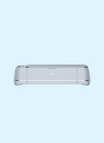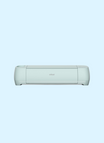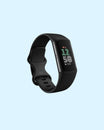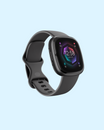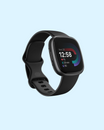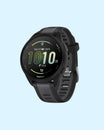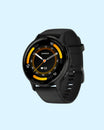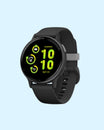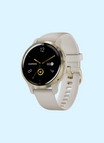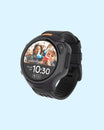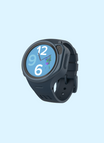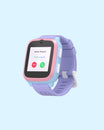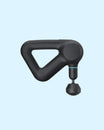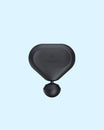TCL QM8 vs Hisense U8K: Mid-Range Mini-LED TV Comparison
By Elisabeth Christ
Updated September 2024

As mini-LED technology advances, both TCL and Hisense have emerged as strong competitors with their respective flagship models: the TCL QM8 and Hisense U8K. Both TVs pack robust features, delivering high-quality performance, but they target slightly different user experiences. TCL focuses on a premium gaming experience with ultra-high brightness and vibrant colors, while Hisense boasts powerful audio and visual depth with its Dolby Atmos speakers and built-in subwoofer. With similar pricing, it’s all about the details that set these two apart. Let’s explore how these TVs fare in terms of design, features, and overall performance.
Key Takeaways
The TCL QM8 outperforms in peak brightness and gaming features, boasting up to 5,000 nits and an impressive 144Hz refresh rate with 240Hz VRR at 1080p. Its APIQ Gen 3 processor and 1080 local dimming zones ensure dynamic visuals with minimal blooming. Hisense U8K, though slightly lower in brightness, excels in sound with a built-in subwoofer and upfiring speakers, delivering Dolby Atmos-powered audio. Both offer comprehensive connectivity options, but Hisense’s ATSC 3.0 tuner provides extra flexibility for over-the-air viewers. Each TV appeals to different priorities—TCL leans heavily into gaming performance, while Hisense strikes a balance between visual and audio quality.


TCL QM8 Mini-LED TV
Premium Smart TV with Exceptional Picture Quality
✓ Sleek design with slim bezel
✓ APIQ Gen 3 processor
✓ Anti-glare screen
✓ Up to 144Hz

Hisense U8K Mini-LED ULED TV
Premium TV with Nice Sound Quality
✓ Mini-LED Pro with Anti Glare
✓ Peak Brightness 1,500 nits
✓ Hi-View Engine
✓ 144Hz Game Mode Pro
#1 Design

TCL QM8 Mini-LED TV
Starting with the design, TCL’s QM8 exudes sleekness with its slim metal bezel and minimalist approach, offering a contemporary look perfect for any modern space. The angled center-mounted stand on the 65-inch version is practical, while the 98-inch version uses side-mounted feet to ensure stability. Meanwhile, Hisense’s U8K takes a more substantial approach with a thicker chassis and heavy build—56.4 pounds for the 65-inch model. This heft is partly due to the integrated subwoofer in the back, giving the U8K a functional design edge for sound.

Hisense U8K Mini-LED ULED TV
In terms of remote control, the QM8’s long, thin wand-like remote feels ergonomic, with rubbery buttons for direct access to apps like Netflix and Prime Video. On the other hand, the U8K’s compact remote keeps things simple, with basic controls, while the TV itself includes LED indicator lights and a built-in mic switch for added ease. If you're after a more minimal aesthetic, the TCL QM8 may suit you better, whereas the Hisense U8K's design caters to those who value integrated sound enhancements over sleekness.
#2 Image Quality

TCL QM8 Mini-LED TV
When it comes to image quality, both TVs use mini-LED backlighting with impressive local dimming zones—TCL’s QM8 has over 1,000 zones for precision contrast control, while the U8K claims to have over 1,000 as well. The QM8 offers peak brightness of a dazzling 5,000 nits according to some reports, with a confirmed 2,321 nits on a 10% window. Hisense U8K peaks at 1,590 nits (measured), which still provides exceptional HDR performance but falls short of the QM8’s levels.
Both sets handle color with finesse—QM8 covers 97% of the DCI-P3 color gamut and 76% of BT.2020, while U8K edges out slightly with 97% DCI-P3 and 80% BT.2020 coverage. However, the Hisense suffers from off-axis viewing degradation and minor blooming issues. In contrast, the TCL offers near-perfect black levels with minimal blooming, making it a better choice for dark-room viewing. For ultimate brightness and HDR impact, TCL leads, but Hisense's U8K still delivers solid image performance at a lower peak brightness.
#3 Sound Quality

Hisense U8K Mini-LED ULED TV
Audio performance is where Hisense’s U8K truly shines, thanks to its 50W 2.1.2 Dolby Atmos speaker setup, which includes upfiring speakers and a built-in subwoofer. This configuration ensures a robust, immersive audio experience with clear dialogue and deep bass, especially in movie mode. TCL QM8, in comparison, features a 2.0-channel system with 20W of subwoofer power, but while its sound may be crisp, it lacks the depth and spaciousness offered by the U8K’s upfiring speakers.
Additionally, Hisense includes a Late Night mode that enhances dialogue clarity without overwhelming dynamic sounds, perfect for nighttime viewing. TCL’s audio system may not match Hisense’s in bass and immersive qualities, but it does offer solid clarity, particularly in the dialogue-heavy scenes. For those prioritizing sound, Hisense U8K’s audio system is a more versatile and powerful option.
#4 Smart Features

TCL QM8 Mini-LED TV
Both TVs are equipped with Google TV, providing a seamless smart interface with access to a vast library of apps, shows, and movies. The TCL QM8 distinguishes itself with built-in Chromecast and AirPlay 2 support, alongside voice assistants like Google Assistant, Alexa, and Apple HomeKit integration. Its remote control also allows for voice commands with a built-in mic that can be manually activated.
Hisense U8K, similarly, offers Google Assistant, Alexa, and Apple HomeKit, but includes the added bonus of an ATSC 3.0 tuner for next-gen broadcast compatibility, which the TCL lacks. Hisense also includes IMAX Enhanced and Filmmaker mode for cinema purists, although it does suffer from occasional judder during camera motion. Overall, both TVs deliver strong smart feature sets, but Hisense’s support for ATSC 3.0 and Filmmaker mode makes it a better pick for film aficionados.
#5 Connectivity

Hisense U8K Mini-LED ULED TV
Connectivity options on both TVs are robust. The TCL QM8 provides four HDMI ports, two of which support HDMI 2.1 for 4K at 120Hz, with one port offering eARC for audio. The Hisense U8K mirrors this with two HDMI 2.1 ports and an additional two HDMI 2.0 ports, also featuring eARC. However, Hisense gains an edge with its ATSC 3.0 tuner for next-gen broadcasts, whereas TCL’s tuner only supports the older ATSC 1.0 format.
Additionally, both TVs support Wi-Fi, Bluetooth, and smart home integration, making them versatile for a connected household. Gamers will appreciate the variable refresh rate (VRR) support on both sets, with TCL offering a Game Accelerator for up to 240Hz VRR gaming at 1080p, while Hisense maxes out at 144Hz. Ultimately, if you need advanced gaming features, TCL has a slight edge with its higher VRR, but for everyday content viewing, both are well-equipped.
TCL QM8 vs Hisense U8K
Final Thoughts

TCL QM8 vs Hisense U8K
If you're looking for the absolute best in HDR brightness and gaming performance, TCL's QM8 is the way to go, especially for those who enjoy vibrant visuals in a well-lit environment. However, if immersive audio is a top priority, or you’re someone who watches over-the-air broadcasts, Hisense U8K’s sound system and ATSC 3.0 tuner might make it the better fit. Ultimately, both TVs excel in their own right, and your choice should depend on whether you value peak brightness or enhanced audio and broadcast capabilities.
If you like to read more about Smart TVs, check out our other relevant guides here:
TCL Q6 vs Q7
TCL QM8 vs Q7
TCL QM8 vs C855
TCL QM8 vs C845
TCL QM8 vs QM7
Don't miss out on tech
Subscribe to our newsletter to stay up to date on the latest tech trends and guides on the best gadgets around.

